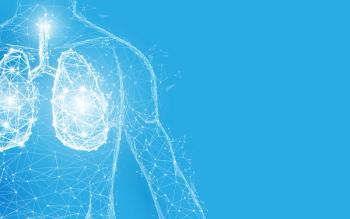
Fatigue Is Prevalent and Corresponds to Disease Severity in Asian Patients With Psoriatic Arthritis
Most studies have evaluated PsA-associated fatigue in western populations. A new study has highlighted that PsA-associated fatigue is also prevalent in an Asian population and correlates with disease activity, impact, and chronicity.
Fatigue can have a
The authors noted that fatigue is one of the 3 most important domains for patients with PsA.
“Fatigue has a detrimental impact on quality of life and physical fitness of patients with PsA,” they wrote. “It impairs activity participation, daily activities and contributes to work absenteeism, and should be treated as an independent outcome.”
The authors used baseline data from the PREcision medicine in Spondyloarthritis for better Outcomes aNd Disease remission (PRESPOND) registry and recruited patients who attended a PsA clinic in Singapore General Hospital. They collected demographic data and disease characteristics, and they assessed fatigue using the first question of the Bath Ankylosing Spondylitis Disease Activity Index (BASDAI-F) and the vitality domain of the Medical Outcome Survey, Short-Form 36 (SF-36 VT).
Of the 142 patients the investigators recruited, 131 had completed data for both BASDAI-F and SF-36 VT at baseline. Approximately one-third (34.4%) of patients experienced severe fatigue, according to BASDAI-F, and the researchers noted that patients with severe fatigue had higher tender and swollen joint counts and enthesitis count compared with patients who had no or moderate fatigue. Severe fatigue was also associated with more disability according to Health Assessment Questionnaire Disability Index and poorer health-related quality of life.
Only 15.6% of patients in the severe fatigue group met the criteria of minimal disease activity (MDA) compared with 50.6% of patients in the nil-to-moderate fatigue group (P < .001).
The authors noted that the prevalence of severe fatigue among this Asian cohort was similar to findings of western populations. In comparison, a study of patients with PsA in 13 European countries found that 44.7% experienced severe fatigue, and another study of Canadian patients found 28.7% experienced severe fatigue as defined by a modified scale.
Some of the limitations that the authors highlighted were:
- Patients came from a tertiary referral center and the findings may not be generalizable to milder PsA cases
- The cross-sectional nature of the study did not allow them to draw conclusions about the causes of fatigue
- Other fatigue measures were not used since they had not been translated and adapted for use in this population
“In conclusion, fatigue is a prevalent and important complaint among Asian patients with PsA even in those with minimal disease activity,” the authors wrote. They added, “Clinicians need to be mindful of this and identify potential patient-related factors to address this important domain.”
Reference
Tan JSQ, Fong W, Kwan YH, et al. Prevalence and variables associated with fatigue in psoriatic arthritis: a cross-sectional study. Rheumatol Int. Published online August 9, 2020. doi:10.1007/s00296-020-04678-2
Newsletter
Stay ahead of policy, cost, and value—subscribe to AJMC for expert insights at the intersection of clinical care and health economics.














































